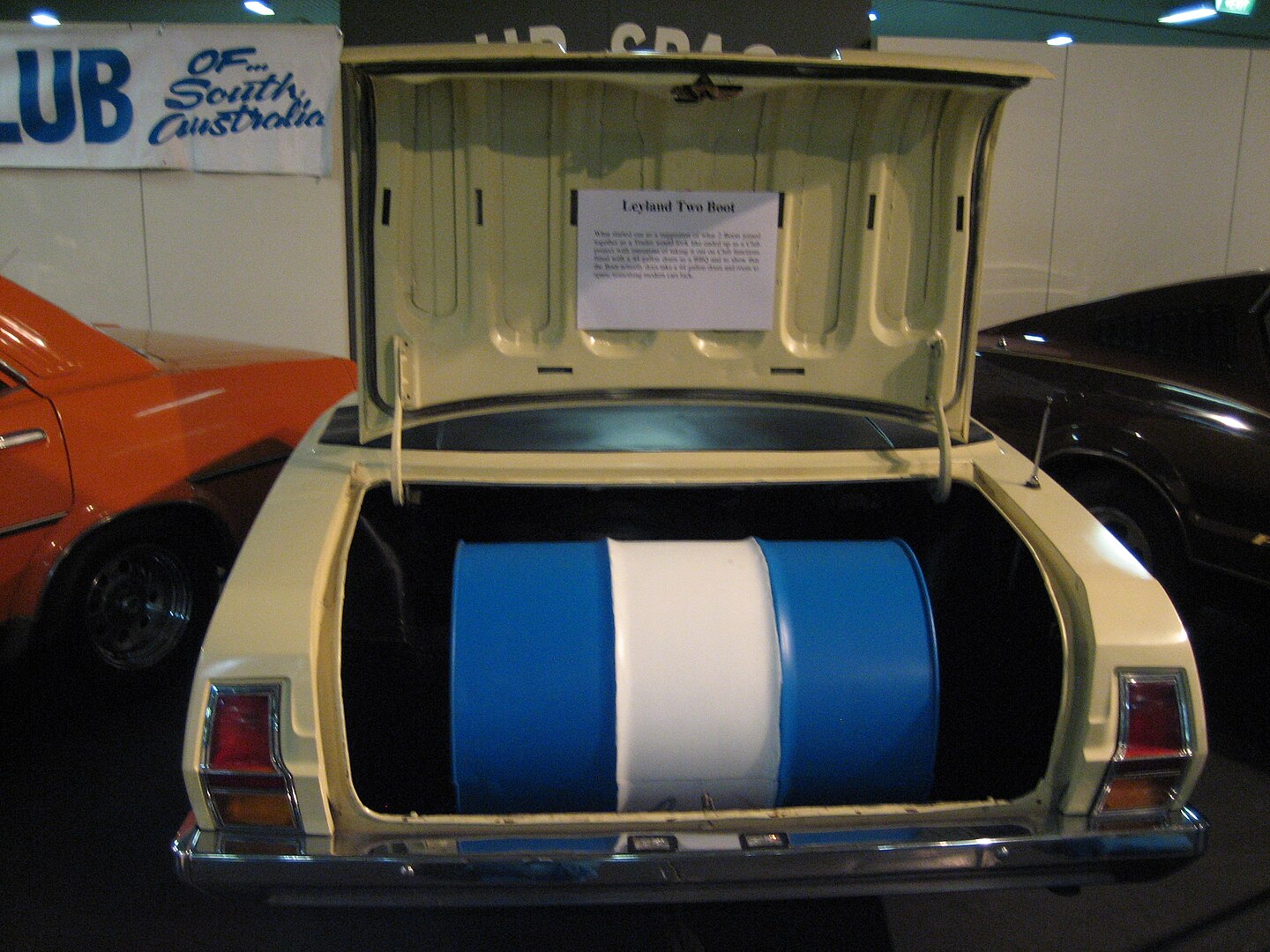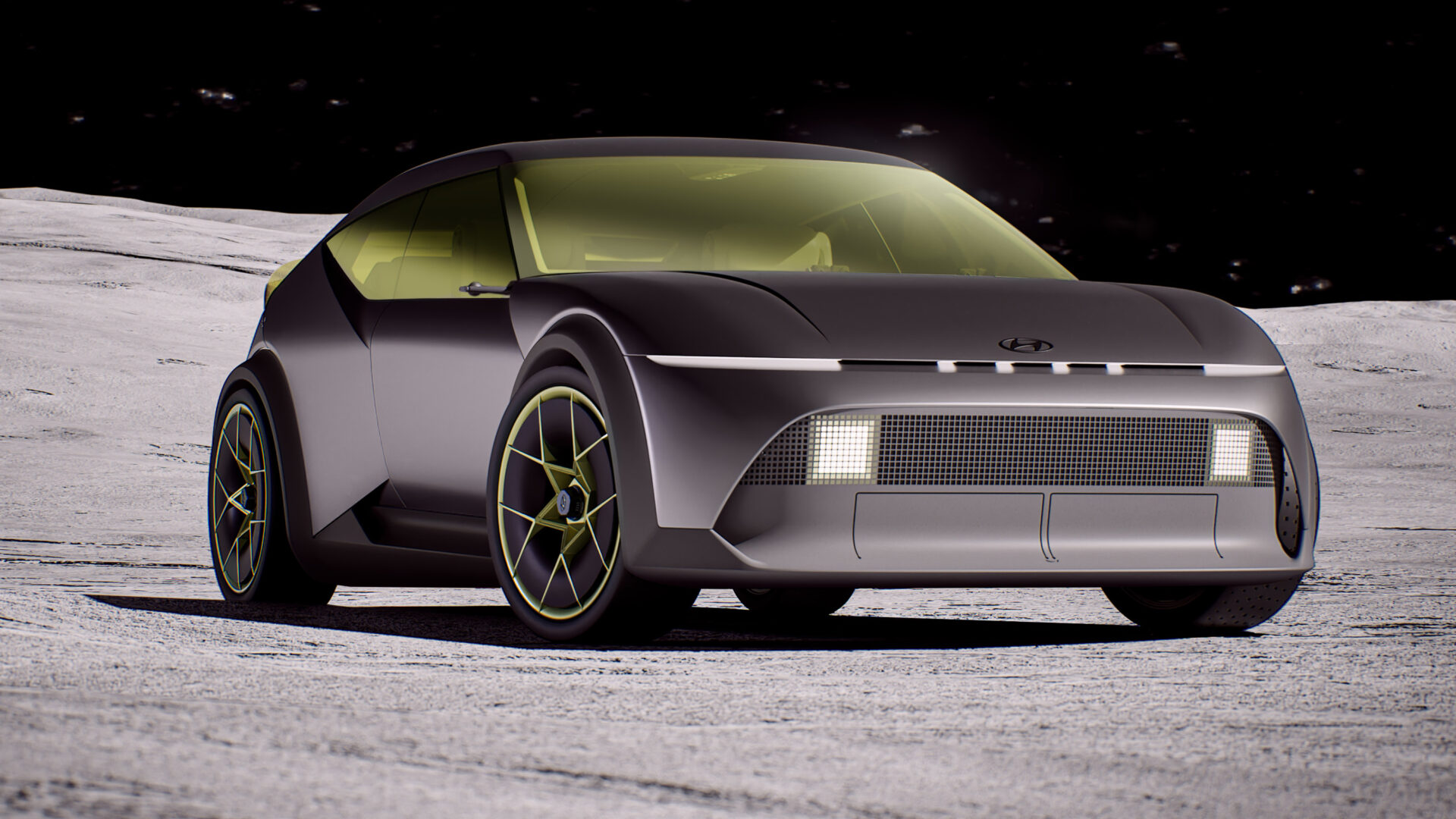Bringing Mostly Lotus Week to a close, The Redline talks to David McIntyre about the future of Lotus on the road, track and in the showroom. The company’s executives keep telling us that Lotus is back. Do we believe them and, most importantly, do they believe themselves?
It’s been a big week for Lotus. As well as being Mostly Lotus Week on The Redline, the new Evija assembly hall opened, ready to deliver cars to the Hethel test track. And, by the end of the year, customers.
One of those executives is David McIntyre who luxuriates in the title of Executive Director, Asia Pacific, Lotus Cars. Based in China – when it’s safe – David has a literal track record running race teams and is involved in the new Evora GT4 project. And, more importantly, putting Lotus back on the map in Asia-Pacific.
But I want to know what’s coming and what makes Geely’s 2017 purchase of Lotus different to the previous terrible owners – General Motors, the delightfully bonkers Romano Artioli (whose granddaughter, Elisa, supplied a car name) and Proton.
Lotus survived under effective leadership from people like Mike Kimberley and Jean-Marc Gales who believed in the brand as Proton steadily lost interest. The Malaysian company finally sold Lotus to Etika and Geely, and then it all went a bit odd.
Maybe not as odd as Danny Bahar’s short reign a decade ago, but Gales talked about maybe axing the Elise and then said that an SUV was on the way.
Gales left not long after all this, but left the company profitable for the first time in decades.
In 2018, Geely tempted Phil Popham away from life on the high seas at Sundowner, which came after his long stint at Jaguar-Land Rover. Popham knows what life is like to be at a company rescued from a bad owner (Ford) and a cashed-up owner who said, “Here’s a stack of cash, get on with it.” (Tata).
Geely has excellent form in rescuing a company from a bad owner (Volvo from Ford) and also saying, “Here’s a stack of cash, get on with it.”
We’ve been here before with Lotus, haven’t we? What’s changed?

DM: What attracted me to the role was Lotus and the potential that it’s always had to grow. I think with the investment now that is possible through Geely, it was an opportunity that I couldn’t resist. You can see what is happening at Hethel.
We now have the new factory for the Evija is finished. We’re building a new restaurant for the staff but also visitors. A visitors centre, a heritage centre. So there’s a lot of work going on at Hethel but also with our shareholders in terms of investment for future product and the business.
The people who are coming in are people who have been with other brands and they’ve had to implement things. We’re not frustrated by the [current] lack of process, by a lack of systems – that’s why we’re here.
The senior management and the people who are coming in to support the markets have a can-do attitude. We’re here to make a change, make a different and grow the business. We don’t have a lot of things, but that’s okay, that’s why we’re here.
You are going to have sell more cars to survive and Geely will want to make some money. How are you going to get there?
DM: Last year we wholesaled 1519 cars globally, which was a 23 percent increase. And largely that was through Evora, we had a 57 percent increase on Evora, largely due to the US but also China.
In China we were effectively out of the market. We had a previous distributor. Through 2019 we appointed new dealers. We had one at the beginning of the year, we now have five. By the end of next year we’ll have ten. China is an important market for Evora. It’s almost that the Evora has been our best-kept secret.
PA: We thought so too – The Redline reviewed the Evora two years ago and called it The Forgotten Supercar. The uptick in US and China sales also explains the recent announcement of the softer Evora GT 410.
DM: People, when they drive it, they either drove it ten years ago and couldn’t remember what it was like or had a certain perception of the car. Or they’ve never driven a Lotus or never driven an Evora and it seems to surprise people.
I went out with Grant Denyer for a couple of laps and I was very impressed from the passenger seat of the capability of the car. More people are driving it and getting interested in Evora and that’s driving the business.
Where are you going to get the growth?
DM: We also need to be able to bring in new technologies and revitalise the brand. I think the presentation of the Evija was a real statement of intent that we can do new things, we can go into new segments. We can build a hypercar.
1519 units is a very small number globally and it doesn’t allow us to achieve the economies of scale that we need to be a long-term, sustainable, profitable business. So we need to go into new segments to be able to do that.
Hypercars aren’t going to deliver the volume either, but it’s a statement of intent and capability. So we will go into new segments, we’ve some great product plans. We can’t talk about them yet, but we do know we need to go into new segments to deliver significant growth.
PA: I will admit to having a little panic when Jean-Marc Gales said that there was an SUV on the way. When a car company not making SUVs says they’re looking at new segments, they generally mean SUVs.
Does that mean the Lotus SUV is going to happen?

DM: If you look in the history of press communications of Lotus over previous years, a lot of things have been confirmed and then not happened. We don’t want to do that. When we present something now, it’s happening. So Evija, we showed recently, we’re building it.
We’ll start building the cars and delivering the first customer cars before the end of this year. We have new products coming, we’re going into new segments, but we’re not going to talk about those until they’re actually available.
This isn’t a no, but it’s not a yes, either. We know there’s a new car coming in 2021 and I wanted to know if it’s going to be an easier car to live with than Elise.
How long to Lotus fans have to wait for the next phase and what is going to change?
DM: We have said that the next product will be a sports car and will be revealed at some point next year. It will come with an internal combustion engine and that’s about all we can confirm at this stage.
We haven’t decided what powertrains we’ll have in future products. We have a lot to choose from within the [Geely] group. There’s no particular pressure either way. We drive our own strategy as Lotus. We have access to resources within the group. We definitely drive our own strategy on design and engineering in the cars.
We’re working on future powertrains as every other company is and looking at different alternative powertrains. Every company is being driven by legislation in terms of future investment opportunities and that’s the same for Lotus.
The good news is we have a lot of choice within the group as far as resources we can apply.
It’s more around architectures. The Geely group has what they call the CMA architecture, which is a great platform for electronics and infotainment which we could apply.
The core of the brand will always be sports cars. Hethel is our home and has been since 1966. We’re investing heavily in Hethel. We continue and are committed to Hethel, the history, the heritage is there and to building sports cars. Everything we do is absolutely for the drivers.
One last question – is this a reboot, rebirth or renewal?
PA: These are each subtly different things, which is why I asked.
DM: Evija is a signal that Lotus is back. In some ways I guess it is a rebirth, or the next phase of the company. It’s signalling we’re back as an innovator, technology leader, delivering firsts – the first British electric hypercar.
We’re delivering the way we apply the battery positioning in a different way, we’ve got four different motors, we’re applying this technology in the way we want to be first and seen to be a company delivering first, as we had been through the Colin Chapman years.
And to be an innovator.




Leave a Reply